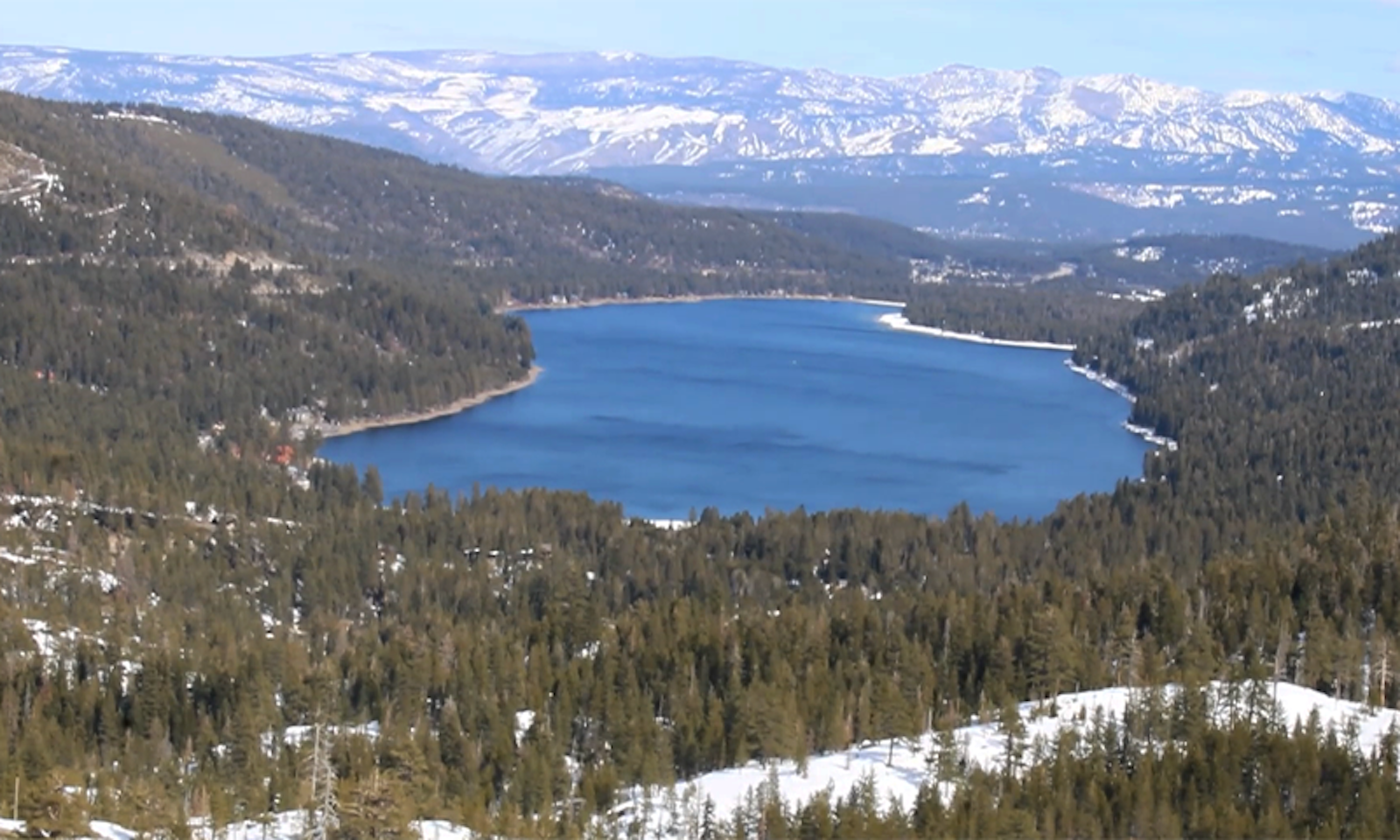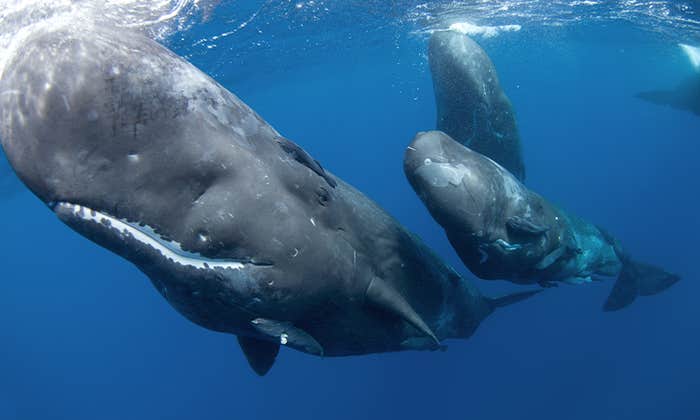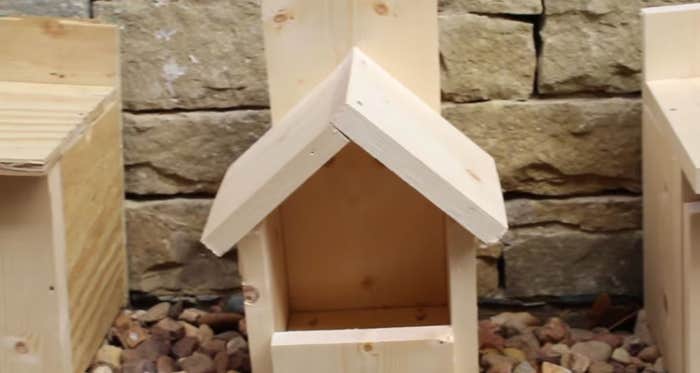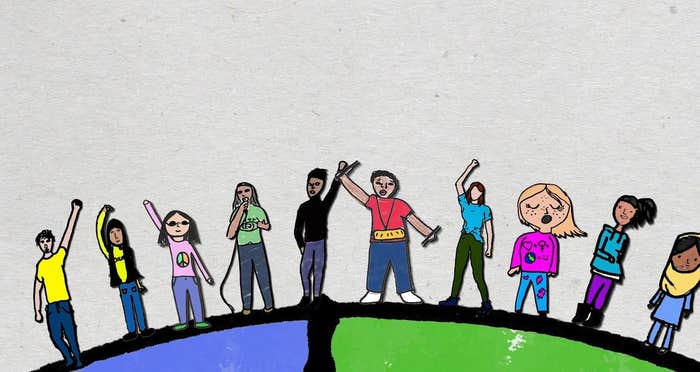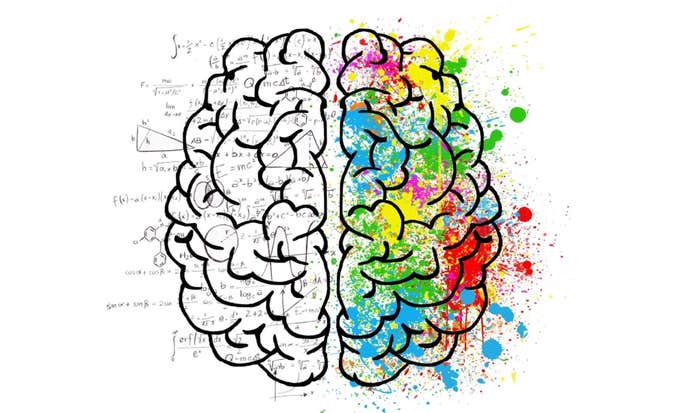Climate change is undeniable. From increasingly frequent extreme weather events to shrinking ice sheets, we can see what is going wrong in nature. But do the facts incite us to action? J.B. Brown and Piper Lucky, winners of the 2022 Redford Center Stories film-making competition, take another tack. A paean to the green world of biology, their mesmerizing film “Envious” touches on the physical realities of nature—but it feels like a love song. “Envious” appeals to the heart first, brain second.
The Redford Center competition is open to students in fifth through 12th grades, and encourages students to submit films around a variety of environmental prompts. Brown and Lucky used their entry to illustrate their personal commitment as young and proud environmentalists. Educator Robert Zorn supported their work on the project. Nautilus caught up with Brown and Lucky recently to talk about their film.
As your film unfolds, it’s like the viewer is on a hike with you. How did you decide on this approach?
J.B.: The footage is actually a hike, mostly. We knew we wanted to make our film outside. I suggested my favorite hike, the Donner Tunnels. The tunnels are abandoned, but they break up the vista and provide look-out points. Donner Lake is right there. We shot most of our footage, but not all of it, on a single hike during our spring break. We’re lucky we grew up with mountains so close by.
Piper: JB is an environmentalist, and I grew up hiking with my family a lot. Part of why our teacher, Robert Zorn, suggested we enter a film is that he knew I was into Lord of the Rings. Peter Jackson’s film is a huge inspiration. We wanted to get shots similar to his. Jackson focuses your point of view, so you can see what the characters can see from the Shire. At the same time, he has these brilliant close-ups, of mushrooms, of root systems, so you know right where you are.
The voiceover is like a poem, an invocation. How did it come about?
J.B.: I just sat down and wrote it. Many of the previous year’s films were more science-based, and I wanted to go emotions-based. So I free-associated a bit: What does green make people think of? I do envy nature—I like to collect fall leaves; they’re really pretty. It all came to me when I sat down. Science can be harder to connect with for people. Drawing more on your own feelings and on other people’s feelings, you can really connect.
Green is the color of nature, and also the color of envy. How do these two meanings go together?
Piper: Wearing green brings out my eyes. In our film, we have a tree literally wearing green lichen. As for envy, we have a strong desire to be one with nature. But the world we’re in today takes you further away from that—to follow your desire for more nature, you have to be very different from most of the people around you. Which can be hard. You wish you could put your head outside and be in the green beauty—but a lot of the world isn’t going that way.
What were some of the nuts and bolts of making the film?
J.B.: We went on the hike first and then I wrote the script. We didn’t get everything we needed on the hike so we photographed plants and other things closer to the ground in a park near my house. We used my Canon Rebel T-7 camera to film it. I recorded the audio on my computer, using a microphone I got on Amazon. I edited it on Adobe Premier, which I had access to at school.
Piper: We said, we’re two creative minds—this is for fun, so let’s have fun with it.
Toward the end of the film, the narration shifts from describing the beauties of the scene to listing some of the ways we can protect nature.
Piper: We felt like scaring people wasn’t the right way to go. We wanted to inspire people to do something, but not tell them what to do. We included things you can do, like avoid single-use plastics, but we also made the point that nature is all around us, and we enjoy it every day. Even if you live in a city, you might want to try to support the nature around you.
What are some of your environmental inspirations?
J.B.: Nature. Reno is good at keeping wildlife intertwined with communities—there’s always trees and a body of water nearby. We have a lot of lizards—wild horses, too. Black bears and coyotes. The mountain bluebird, woodpeckers, a large variety of waterbirds … hawks, bald eagles!
Piper: I feel like my orientation to nature has something to do with my grandpa. When I was small we’d go on a hike and he would pick up garbage. I’d ask him, “why? It’s not ours.” And he’d say, “It’s not nature’s, either.” ![]()



















